The Trials Of Packaging A Product For The Apple Store
“It’s a pain in the ass,” Marc Barros says with a laugh. This week, Barros’s products will appear on the coveted shelves of Apple’s U.S. retail stores. Originally funded through two successful Kickstarter campaigns that started in 2014, the Moment lenses and cases—created for the prosumer iPhone photographer—caught the attention of Apple earlier this year.
It may have seemed like a big win for a small company. But the practicalities of taking an e-commerce business to Apple’s tightly curated retail stores—in only a month’s time—was a harrowing gamble for Barros’s 15-person team. Here’s why.

Investments To Be In Retail Are Large
“We were lucky, they reached out to us,” Barros says of receiving the email from Apple, explaining the company’s interest in carrying Moment products. “You’re honored they care. That never changes. But I think I read it, and I was more terrified than I was jumping up and down.”
Apple’s retail stores have some of the most coveted shelf space in the world. Its 268 stores in the U.S., coupled with more than 477 more abroad, do billions of dollars in business a year in fantastically architected spaces that certify products as elite goods. For potential profits and the halo effect, any accessory maker would want their product there.
But in his past life as cofounder and CEO of the GoPro competitor Contour, Barros had brought products to retail before. He knows the process is expensive and laborious, and there’s no guarantee of success. Before Apple reached out, he had a safe business model. Moment worked by leveraging the direct sales business model of e-commerce: getting paid by a customer who ordered their product, then building inventory on relative demand and mailing it out. And in fact, Apple had expressed interest as early as 2015 to bring Moment to its stores, but Barros had to pass. “We weren’t ready,” he says, simply.
That’s because with Apple, as with any retailer, Moment had to build and package its products upfront, pay to ship them to a distributor, and then let that money sit on shelves. Barros knew the risks: If the product didn’t sell, it could get shipped right back to Moment in a devastating loss. If it sold moderately, then great, the company profits. If it sold very quickly, and Apple ordered immediate restock, a new problem would emerge: How do you fill inventory when you’re cash-poor?
“You start doing a 1,000 units a week, you don’t get paid for five months,” Barros says, referring to the fact that, as with many retailers, Apple waits 45 days after selling a product to pay an accessories maker. That would equate to the MSRP equivalent of $179,000 in iPhone accessories floating in limbo. It’s a fine problem to have as a large company, but it requires tough financial juggling for a small- to medium-sized business (which is why Amazon’s Launchpad small business incubator is having such a hard time keeping its own products in stock). When I say to Barros “It takes money to make money,” he quickly corrects me: “It takes a shitload of money to make money,” he says.
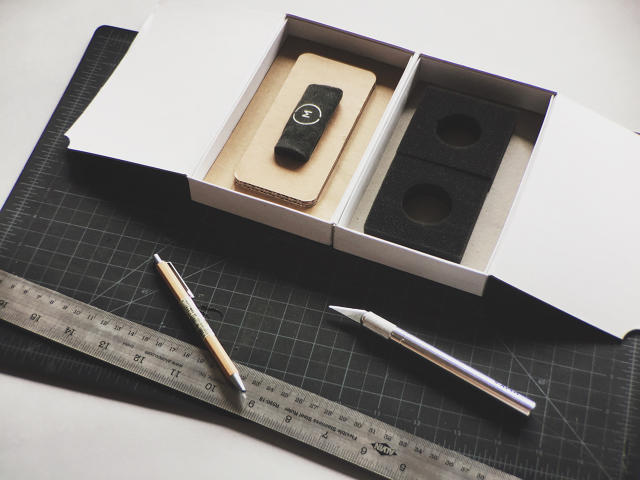
The Notice Is Tight
To go with Apple, or not, had potential ramifications for Moment’s entire business. And the company had very little time to decide. Apple reached out just weeks before it expected the product to be delivered. (Though that timeline is not necessarily typical for Apple. One company we spoke to—Sphero, which created the BB8 droid from Star Wars—had about nine months notice, due to partnerships with Disney.)
After going back and forth on pricing, distribution, the specific SKUs that might be offered, and all sorts of general practicalities to weigh the decision, Moment was left with just two weeks to put together the retail packaging for its product.
As Barros puts it, most companies would take 90 to 120 days to develop this work. In fact, the home monitoring startup Canary says it took four months to develop its packaging, analyzing 50 different products (many of them Apple’s) to create a box that would one day arrive in Apple stores. But Moment’s e-commerce business simply didn’t necessitate gorgeous, perfect packaging to capture the attention of the masses. Instead, the company had been able to mix and match whatever lens and case combination a customer might order from a warehouse. Customization is more important in e-commerce than curb appeal.
Once Moment decided to go forward with Apple, Barros pulled four employees off other projects, and they began a blitzkrieg design process to mock up the boxes to Apple’s spec.
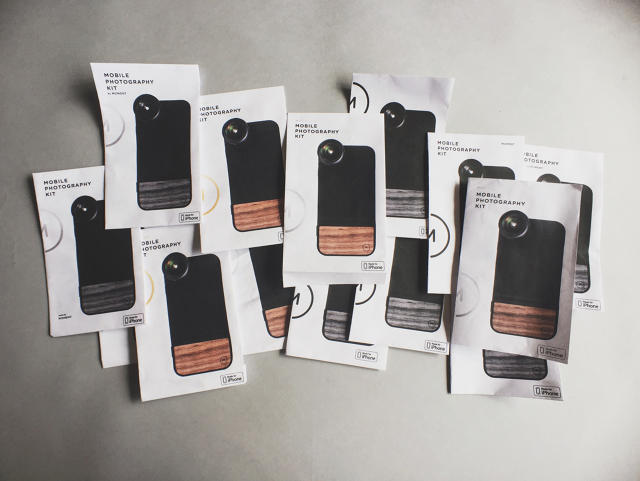
The Packaging Restrictions Are Simple, Yet Sometimes Unclear
Apple doesn’t discuss their relationship with third-party vendors, but not just any retail box can grace an Apple Store. As you might expect, Apple has guidelines as to what it’ll stock. And then members of Apple’s retail, marketing, and distribution teams weigh in with practical advice.
As Jon Troutman, lead designer at Canary, tells me, this sort of feedback is typical between any retailer and manufacturer. “That’s part of the process, which is interesting, because you’re designing packaging for two audiences,” Troutman says. “The customer, but also the retail buyers. And they have a lot of years of expertise as to what works and what doesn’t. Hopefully you can find something for both of those audiences.”
Moment had to work within Apple’s color spec, the majority of the box had to be white, and the product itself had to “be the primary focus of the package.” (Yes, those guidelines are strongly reminiscent of the company’s own white boxes that just read “iPhone” or “iPad.”)
“In traditional packaging, the front of the box would be about selling the “why”—why would you want this thing,” Barros says. “But to Apple it’s about the ‘what.’ The front of the box says ‘Mobile Photography Kit.'”
Moment still wanted the chance to stand out, even within Apple’s guidelines. Visiting Apple stores, the designers noticed that most boxes were symmetrical. So they designed their box asymmetrically. And while most boxes were white, Moment tried to stand out by adding a foil stamp.
As Moment refined the design concept, team members were also finalizing legal wording on the box, determining if they needed to offer instructions in different languages, and convincing their printers to break traditional deadlines to provide mockups more quickly.
This rapid development cycle wasn’t without costs. “We could have gotten to the end, and [our printer] could have said $15 [a box] and we’d have said ‘fuck,’” Barros says, alluding to a potential company-crushing loss. Even still, he adds, “It was definitely more expensive than we wanted it to be.”
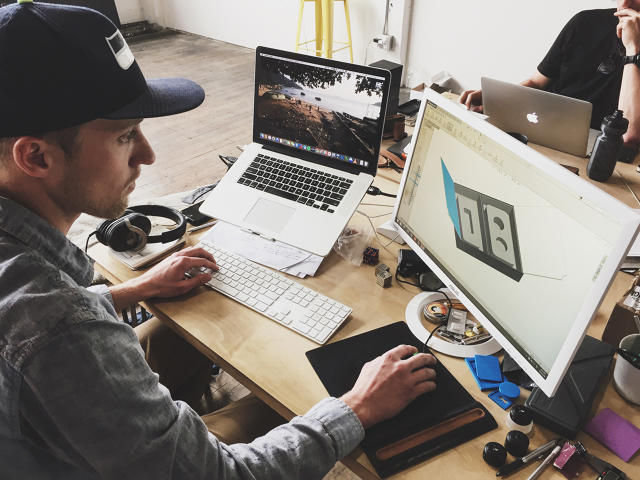
Retail Is Hurrying Up To Wait
Moment’s products are just hitting the shelves of Apple retail stores this week. Meanwhile, Barros recounts the experience less with celebration than exhaustion. The work is done, and now the market will decide the rest.
But he says that the tight turnaround, coupled with Apple’s strict packaging guidelines, may have helped Moment develop a better product, quickly. “From the ground up, people come up with all sorts of stupid ideas. Colors? Should it be in a flat box? Apple definitely simplifies that,” Barros says. “Sometimes if you have more time, you just take more time. You spend time asking, ‘Is that the right word?’ When there is no time, you just write that word down.”
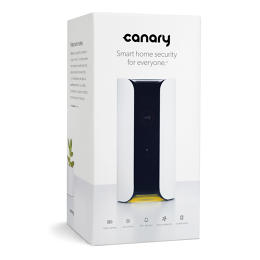
It’s a sentiment echoed by Canary, which despite creating its box first for Best Buy stores followed Apple’s white box design standards so closely that, when Apple did reach out to the company to be featured on shelves, the packaging got through without any major changes.
When you look around Kickstarter projects, or the stores of a Best Buy, know there’s probably a good reason everything looks like it was boxed by Apple. Everyone wants the Apple halo effect—whether they’re in the Apple store or not.
“Honestly . . . it’s hard not to be influenced by Apple in this day and age—in everything you do,” Canary’s Troutman says. “They’ve clearly set a gold standard in so many different areas. From a packaging standpoint, I’ve always loved how Apple can present something with as little explanation as possible and allow you to get it.”
Do you have a story of having your product on the shelves of an Apple store? Tip us at CoDTips at fastcompany dot com.
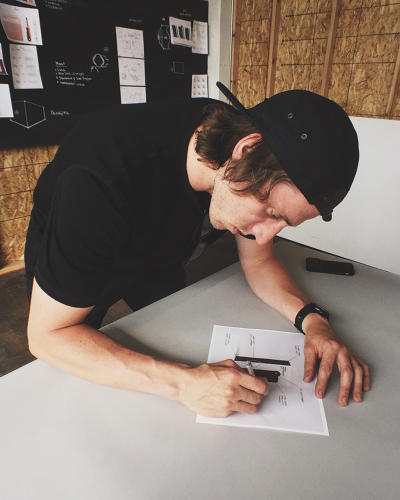
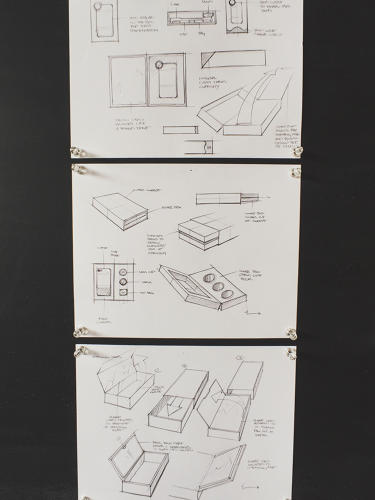
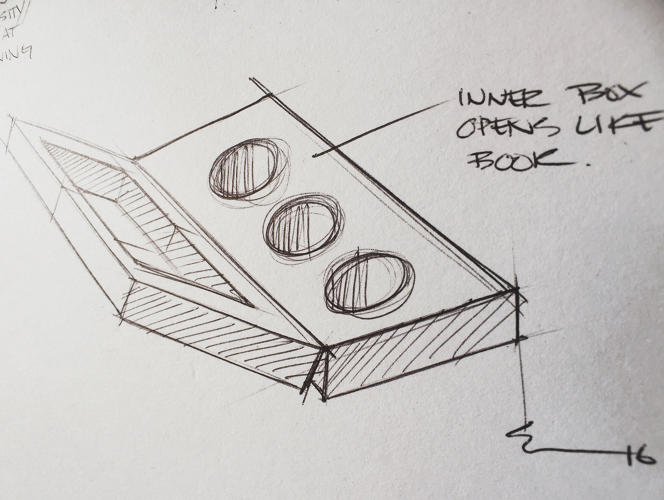

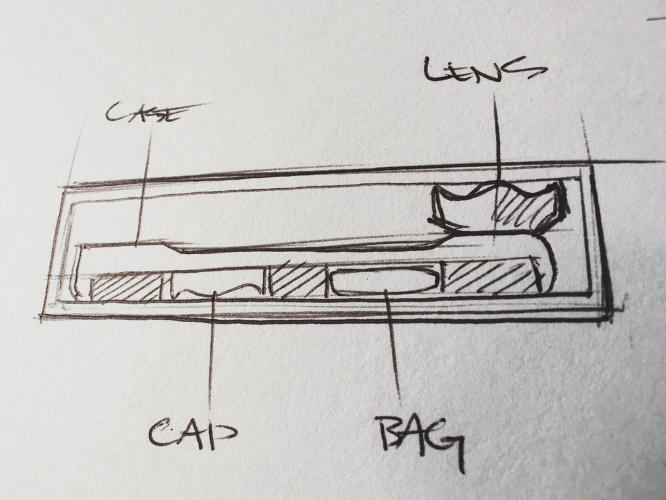
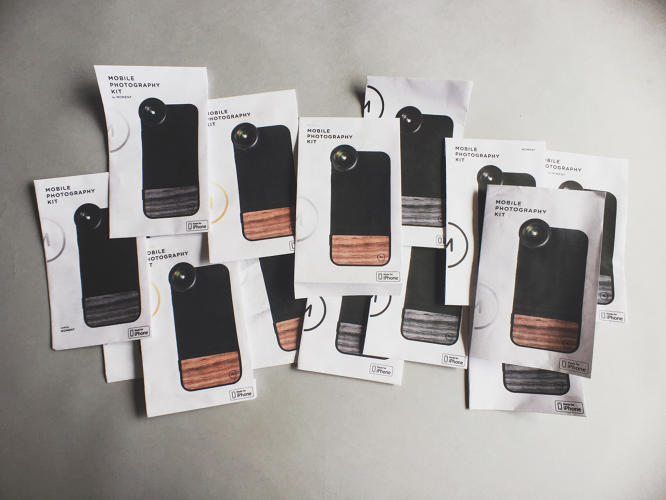


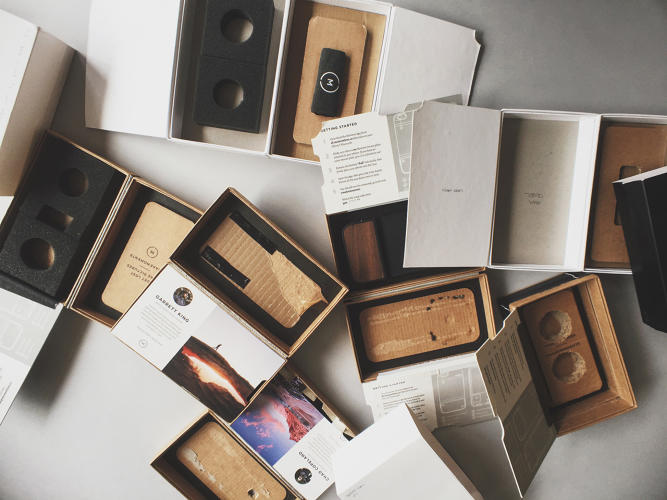
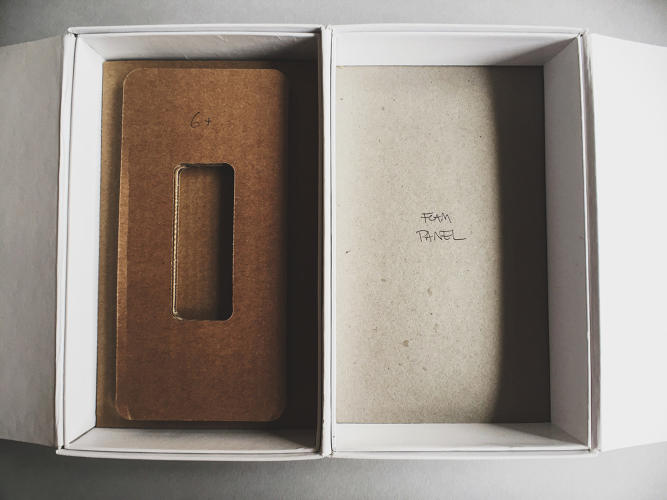

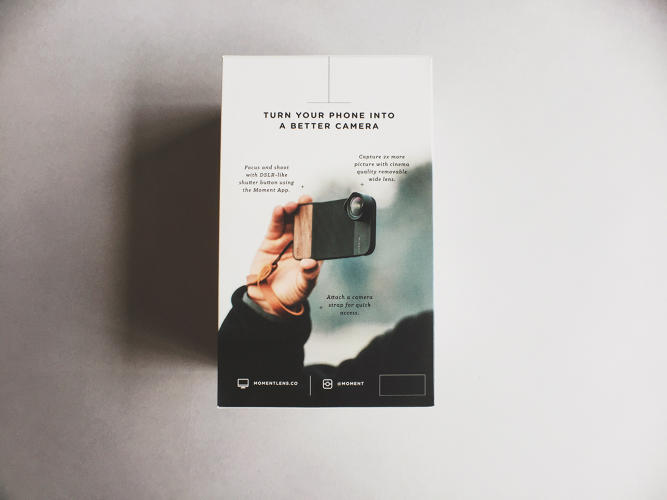
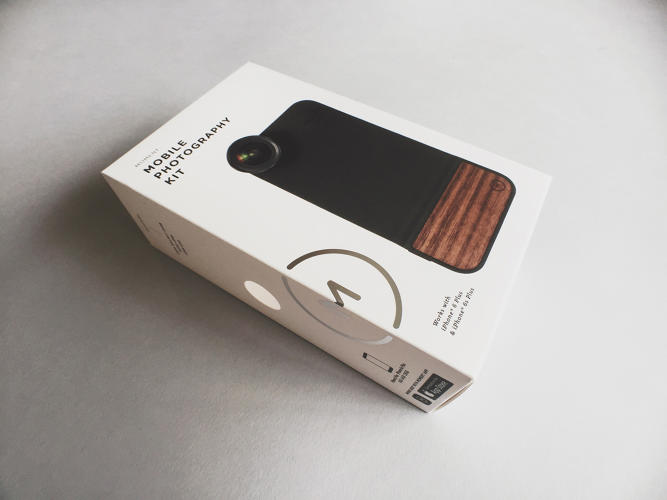
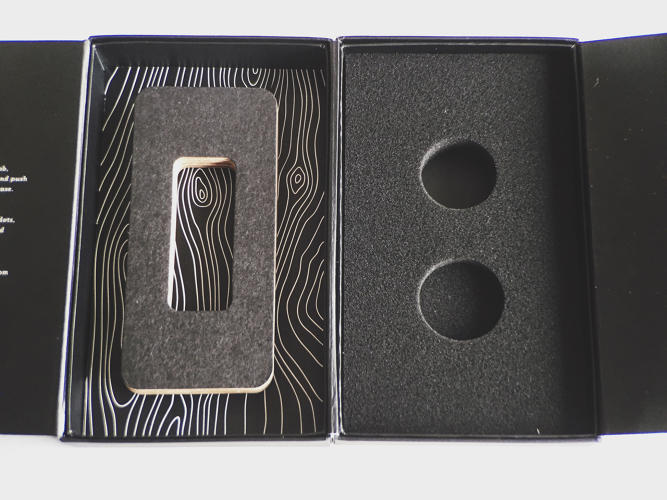

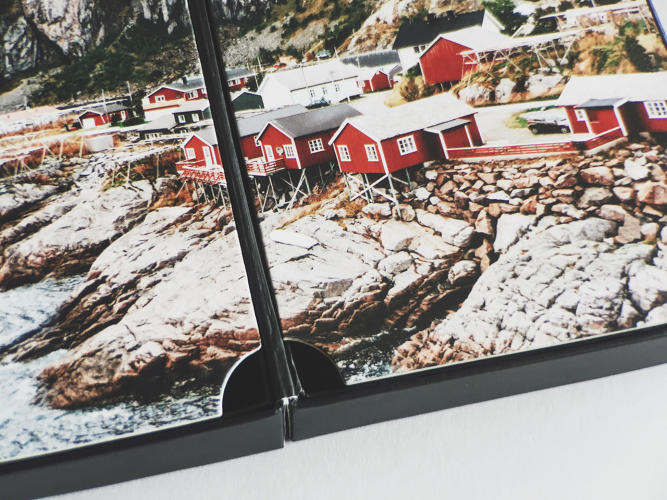
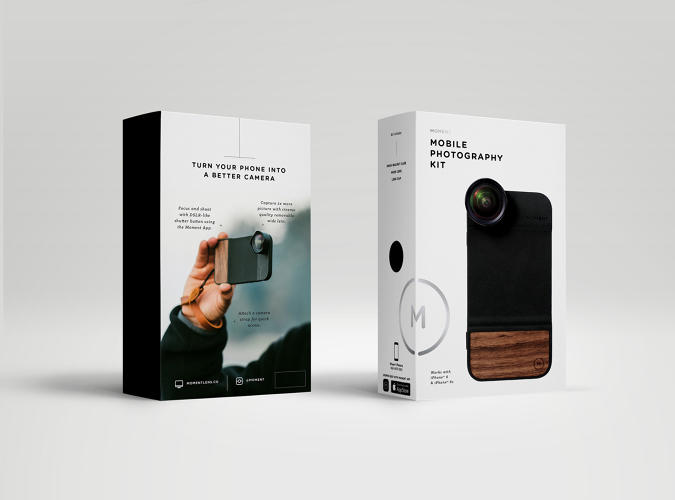
Fast Company , Read Full Story
(63)














